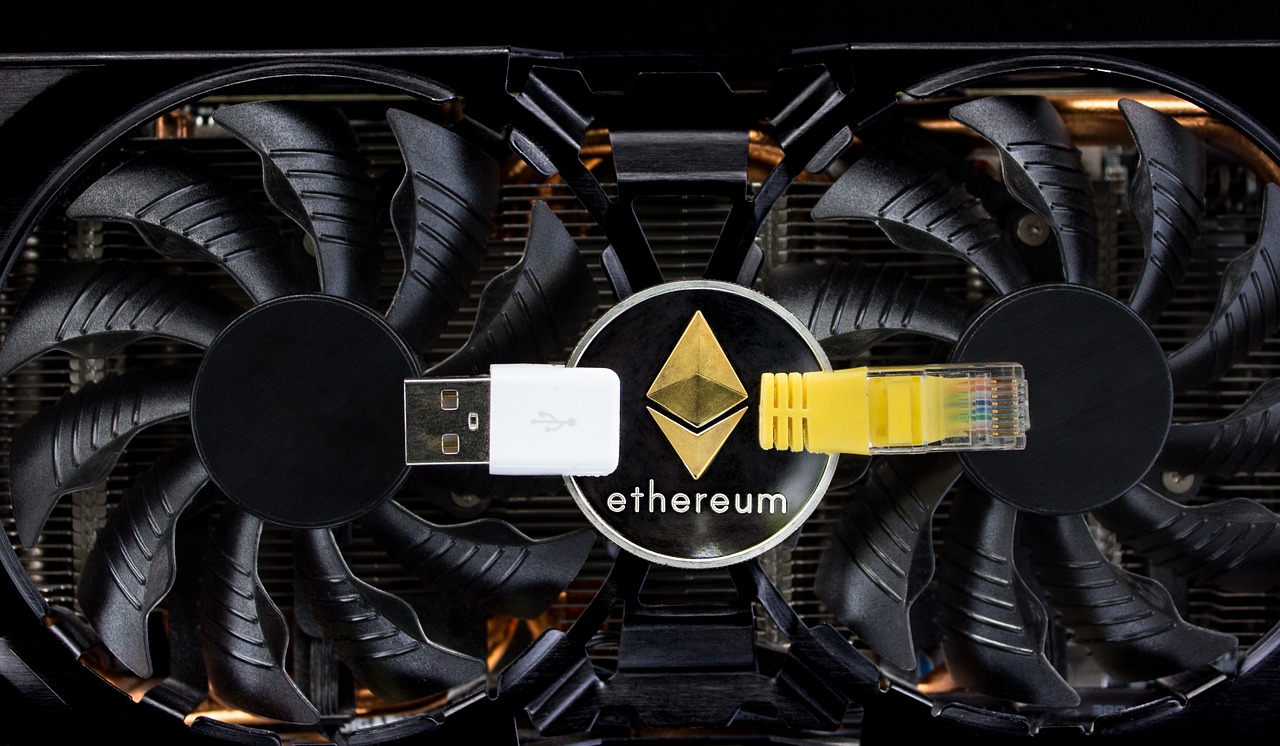In the realm of cryptocurrencies, few concepts are as fundamental and intriguing as the Proof of Work (PoW) algorithm. This ingenious mechanism underpins the security and decentralization of blockchain networks like Bitcoin and Ethereum. In this article, we’ll delve into the world of PoW, exploring its origins, inner workings, and its impact on the cryptocurrency landscape.
The Genesis of Proof of Work
The concept of Proof of Work didn’t originate with cryptocurrencies; rather, it traces its roots back to early computer science and cryptography. In 1993, researchers Cynthia Dwork and Moni Naor introduced the idea as a tool to combat email spam. The idea was simple: to prove to a recipient that the sender had expended a certain amount of computational effort, effectively acting as a digital postage stamp.
However, it was Bitcoin’s anonymous creator, Satoshi Nakamoto, who adapted and popularized PoW as a consensus algorithm for cryptocurrencies. Nakamoto recognized that by using PoW, he could solve a critical problem in decentralized systems: the double-spending problem. PoW served as a solution that not only validated transactions but also created a new way to generate digital currency, a process known as mining.
How Proof of Work Works
At its core, PoW is a competitive and resource-intensive process. Here’s a simplified step-by-step breakdown:
- Transaction Validation: Users initiate transactions within the cryptocurrency network. These transactions are grouped into blocks, with each block containing multiple transactions.
- Mining Competition: Miners (nodes or participants in the network) compete to solve a complex mathematical puzzle. This puzzle involves finding a nonce (a random number) that, when hashed with the block’s data, results in a hash that meets certain criteria. This criteria typically includes a hash with a certain number of leading zeros.
- Proof of Valid Work: When a miner successfully finds a nonce that satisfies the criteria, they broadcast this solution to the network. This solution, in essence, is the „proof“ that the miner has performed a significant amount of computational work.
- Block Addition: The other nodes in the network quickly verify the validity of the proof by hashing the block data with the proposed nonce. If the proof is valid, the new block is added to the blockchain, and the miner is rewarded with a specified amount of cryptocurrency (e.g., Bitcoin).
Key Characteristics of PoW
- Security: PoW is incredibly secure due to its computational complexity. Attacking the network would require an enormous amount of computational power, making it infeasible for any single entity or group to manipulate the blockchain.
- Decentralization: PoW encourages decentralization as anyone with the necessary hardware can participate in mining, reducing the risk of centralization.
- Fairness: Miners compete on an equal footing, and rewards are distributed based on the work done, creating a level playing field.
- Energy Intensive: PoW mining consumes a significant amount of electricity, which has raised concerns about its environmental impact.
Challenges and Alternatives
While PoW has been incredibly successful in securing blockchain networks, it faces several challenges, including scalability issues and environmental concerns due to its energy consumption. In response, alternative consensus algorithms like Proof of Stake (PoS) and Delegated Proof of Stake (DPoS) have emerged. These alternatives aim to address some of the shortcomings of PoW while maintaining the core principles of decentralization and security.
Conclusion
Proof of Work has played a pivotal role in the rise of cryptocurrencies, providing a secure and decentralized means of validating transactions and maintaining the integrity of blockchain networks. Despite its energy consumption and scalability challenges, PoW remains a fundamental pillar of the crypto world. As the blockchain landscape continues to evolve, it will be fascinating to see how PoW and its alternatives shape the future of decentralized technologies.


















